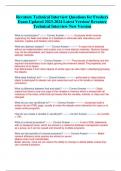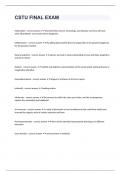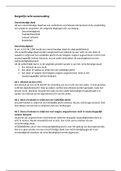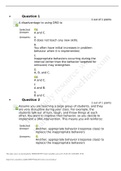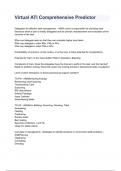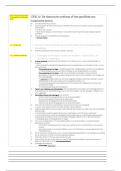Samenvatting
Summary New media studies alle lessen + notities + belangrijkste teksten (2020)
- Instelling
- Universiteit Gent (UGent)
Samenvatting van alle lessen, inclusief lesnotities, verduidelijking adhv de teksten die op ufora staan alsook verduidelijking door andere online bronnen. Resultaat is een bundel die genoeg info meegeeft om het mondeling examen goed te kunnen en te weten waarover je spreekt!
[Meer zien]





